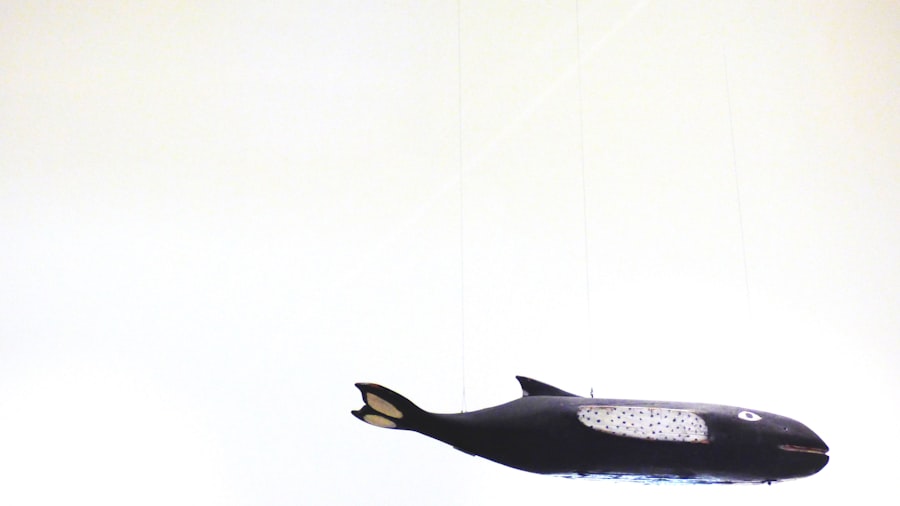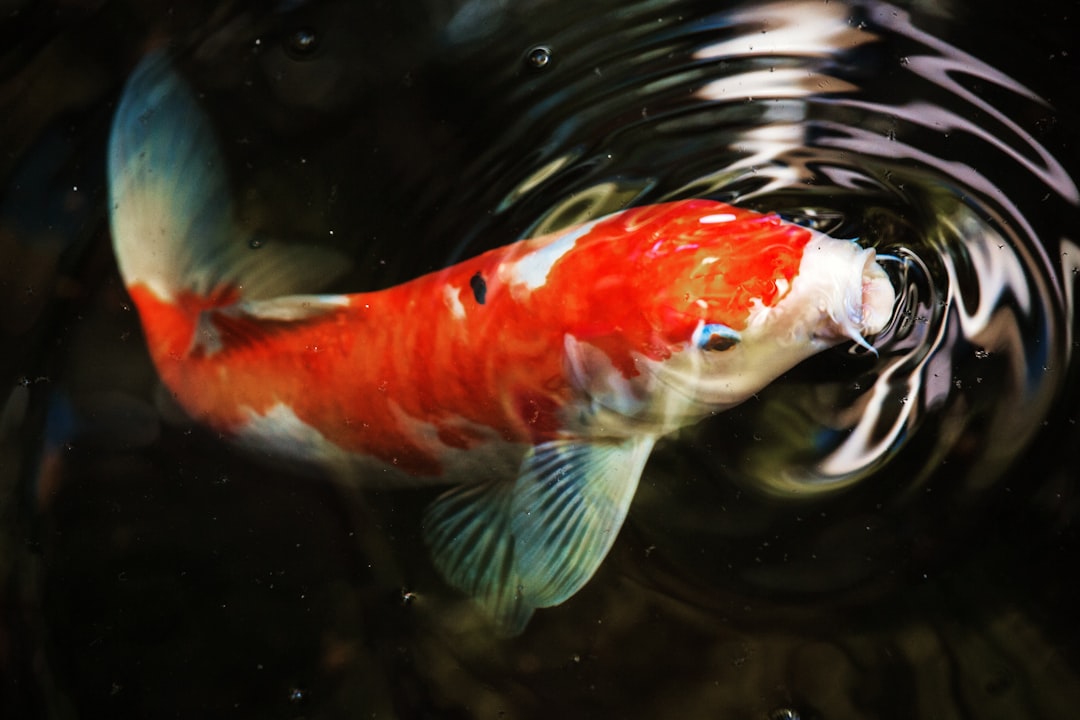When you think of Godzilla, the iconic kaiju that has captivated audiences for decades, one of the first images that likely comes to mind is that of its formidable dorsal fins. These jagged, spine-like structures are not just a defining physical characteristic; they symbolize the creature’s immense power and primal nature. The dorsal fins serve as a visual representation of Godzilla’s connection to the forces of nature, embodying both destruction and resilience.
As you delve into the evolution of these fins, you will discover how they have transformed alongside the character itself, reflecting changes in design philosophy, technology, and cultural significance. The dorsal fins are more than mere appendages; they are integral to Godzilla’s identity. From the original 1954 film to the latest adaptations, these fins have undergone significant changes, each iteration telling a story about the era it represents.
As you explore the various designs and their implications, you will gain a deeper appreciation for how these fins contribute to Godzilla’s legacy as a cinematic icon. The journey through the evolution of Godzilla’s dorsal fins is not just about aesthetics; it is a reflection of societal attitudes, technological advancements, and the enduring fascination with this legendary monster.
Key Takeaways
- Godzilla’s dorsal fins have been a distinctive feature of the iconic monster since its creation in 1954.
- The original design of Godzilla’s dorsal fins was inspired by the shape of the legendary dinosaur, Stegosaurus.
- In the Showa Era, Godzilla’s dorsal fins underwent changes, becoming larger and more jagged in appearance.
- The Heisei Era saw the evolution of Godzilla’s dorsal fins into a more streamlined and angular design, reflecting a more modern aesthetic.
- In the Millennium Era, modern interpretations of Godzilla’s dorsal fins have varied, with some designs harkening back to the original, while others have taken on a more exaggerated and fantastical appearance.
The Original Design of Godzilla’s Dorsal Fins
In the original 1954 film “Godzilla,” directed by Ishirō Honda, the creature’s dorsal fins were designed with a raw, rugged aesthetic that mirrored its terrifying nature. These early fins were relatively simple in shape but striking in their execution. They protruded sharply from Godzilla’s back, resembling jagged spikes that emphasized its monstrous form.
This design choice was intentional, as it aimed to evoke fear and awe in audiences witnessing the birth of a cinematic legend. The fins were not just decorative; they played a crucial role in establishing Godzilla as a force of nature, a creature born from the depths of the ocean and awakened by humanity’s reckless experimentation with nuclear power. As you examine the original design, you can appreciate how it set the tone for Godzilla’s character.
The dorsal fins were not merely an afterthought; they were integral to the creature’s silhouette, enhancing its menacing presence. The simplicity of their design allowed for easy recognition, making Godzilla instantly identifiable even from a distance. This early portrayal laid the groundwork for future interpretations, establishing a visual language that would resonate with audiences for generations to come.
Changes in Godzilla’s Dorsal Fins in the Showa Era

As you move into the Showa era, which spanned from 1954 to 1975, you will notice that Godzilla’s dorsal fins began to evolve significantly. This period was marked by a shift in tone and style, as the films transitioned from serious commentary on nuclear devastation to more fantastical narratives featuring other monsters and lighter themes. Consequently, Godzilla’s dorsal fins also underwent changes to reflect this new direction.
They became larger and more pronounced, often taking on a more stylized appearance that emphasized their dramatic flair. In films like “Godzilla vs. Mothra” and “Godzilla vs.
Mechagodzilla,” the dorsal fins were depicted with vibrant colors and exaggerated shapes, contributing to a more dynamic visual experience. This transformation mirrored the broader trends in Japanese cinema during this time, where special effects and creature designs became increasingly elaborate. As you observe these changes, you can see how Godzilla’s dorsal fins became not just a symbol of its power but also a canvas for artistic expression, showcasing the creativity of filmmakers and designers who sought to captivate audiences with ever more imaginative interpretations.
Evolution of Godzilla’s Dorsal Fins in the Heisei Era
| Movie | Number of Dorsal Fins |
|---|---|
| The Return of Godzilla (1984) | 7 |
| Godzilla vs. Biollante (1989) | 7 |
| Godzilla vs. King Ghidorah (1991) | 8 |
| Godzilla vs. Mothra (1992) | 8 |
| Godzilla vs. Mechagodzilla II (1993) | 8 |
| Godzilla vs. SpaceGodzilla (1994) | 8 |
| Godzilla vs. Destoroyah (1995) | 7 |
The Heisei era, which began in 1984 with “The Return of Godzilla,” marked another significant turning point in the evolution of Godzilla’s dorsal fins. This period saw a return to darker themes and a more serious approach to storytelling, reflecting societal anxieties surrounding nuclear power and environmental issues. As you explore this era, you’ll find that Godzilla’s dorsal fins were redesigned to be more realistic and menacing, aligning with the overall tone of the films.
In this iteration, the fins became more intricately detailed, featuring sharper edges and a more organic appearance. The filmmakers aimed to create a sense of realism that resonated with contemporary audiences while still retaining the iconic silhouette that fans had come to love. The dorsal fins were no longer just spikes; they became an extension of Godzilla’s character, embodying its ferocity and primal instincts.
This evolution not only enhanced the visual impact of Godzilla but also deepened its narrative significance as a creature shaped by humanity’s actions.
Modern Interpretations of Godzilla’s Dorsal Fins in the Millennium Era
As you enter the Millennium era, which began in 1999 with “Godzilla 2000,” you will notice yet another shift in the design philosophy surrounding Godzilla’s dorsal fins. This period was characterized by a diverse range of interpretations, as filmmakers experimented with different styles and approaches to storytelling. The dorsal fins during this time reflected this diversity, showcasing a variety of shapes and sizes that varied from film to film.
In “Godzilla: Final Wars,” for instance, the fins took on an even more exaggerated form, appearing almost like sails that added to Godzilla’s imposing stature. This design choice was emblematic of the film’s high-energy action sequences and its celebration of kaiju culture. As you analyze these modern interpretations, you’ll see how each design choice was influenced by both nostalgia for earlier films and a desire to push creative boundaries.
The dorsal fins became a symbol of Godzilla’s adaptability, reflecting not only changes in technology but also shifts in audience expectations.
The Influence of CGI on Godzilla’s Dorsal Fins in the 21st Century

With the advent of CGI technology in the 21st century, Godzilla’s dorsal fins underwent yet another transformation. In films like “Godzilla” (2014) and “Godzilla: King of the Monsters” (2019), CGI allowed for unprecedented detail and realism in creature design. As you explore these modern films, you’ll notice how the dorsal fins were rendered with intricate textures and lifelike movements that brought them to life in ways previously unimaginable.
The use of CGI also enabled filmmakers to experiment with lighting and effects that enhanced the visual impact of Godzilla’s dorsal fins during key moments in battle or when unleashing its iconic atomic breath. This technological advancement not only elevated the aesthetic quality of the films but also deepened your emotional connection to Godzilla as a character. The dorsal fins became dynamic elements that contributed to the overall spectacle of each film, reinforcing their significance as symbols of power and destruction.
Cultural and Symbolic Significance of Godzilla’s Dorsal Fins
Beyond their visual appeal, Godzilla’s dorsal fins carry profound cultural and symbolic significance. As you reflect on their evolution throughout history, you’ll find that they represent humanity’s complex relationship with nature and technology. Initially conceived as a response to nuclear devastation, Godzilla—and by extension its dorsal fins—embodies both fear and fascination with scientific progress.
The jagged spikes serve as a reminder of nature’s wrath when provoked by human actions. Moreover, these fins have become emblematic of resilience and survival against overwhelming odds. In many films, Godzilla emerges victorious despite facing formidable adversaries or catastrophic circumstances.
This narrative arc resonates deeply with audiences who see parallels in their own lives—struggles against adversity and triumph over challenges. As you consider these themes, it becomes clear that Godzilla’s dorsal fins are not merely physical attributes; they are powerful symbols that encapsulate broader societal concerns and aspirations.
The Future of Godzilla’s Dorsal Fins
As you look ahead to the future of Godzilla’s dorsal fins, it’s clear that they will continue to evolve alongside advancements in technology and shifts in cultural narratives. With each new film or adaptation, there lies an opportunity for filmmakers to reinterpret these iconic features in ways that resonate with contemporary audiences while honoring their rich history. Whether through practical effects or cutting-edge CGI, there is no doubt that Godzilla’s dorsal fins will remain an integral part of its identity.
In contemplating what lies ahead for this legendary kaiju, consider how these dorsal fins will continue to symbolize not only power but also humanity’s ongoing struggle with its own creations. As society grapples with issues like climate change and technological ethics, Godzilla’s dorsal fins may serve as a poignant reminder of our responsibility toward nature and each other. Ultimately, as long as there are stories to tell about this iconic monster, its dorsal fins will remain a vital part of its legacy—an enduring testament to both fearsome strength and profound meaning in an ever-changing world.
